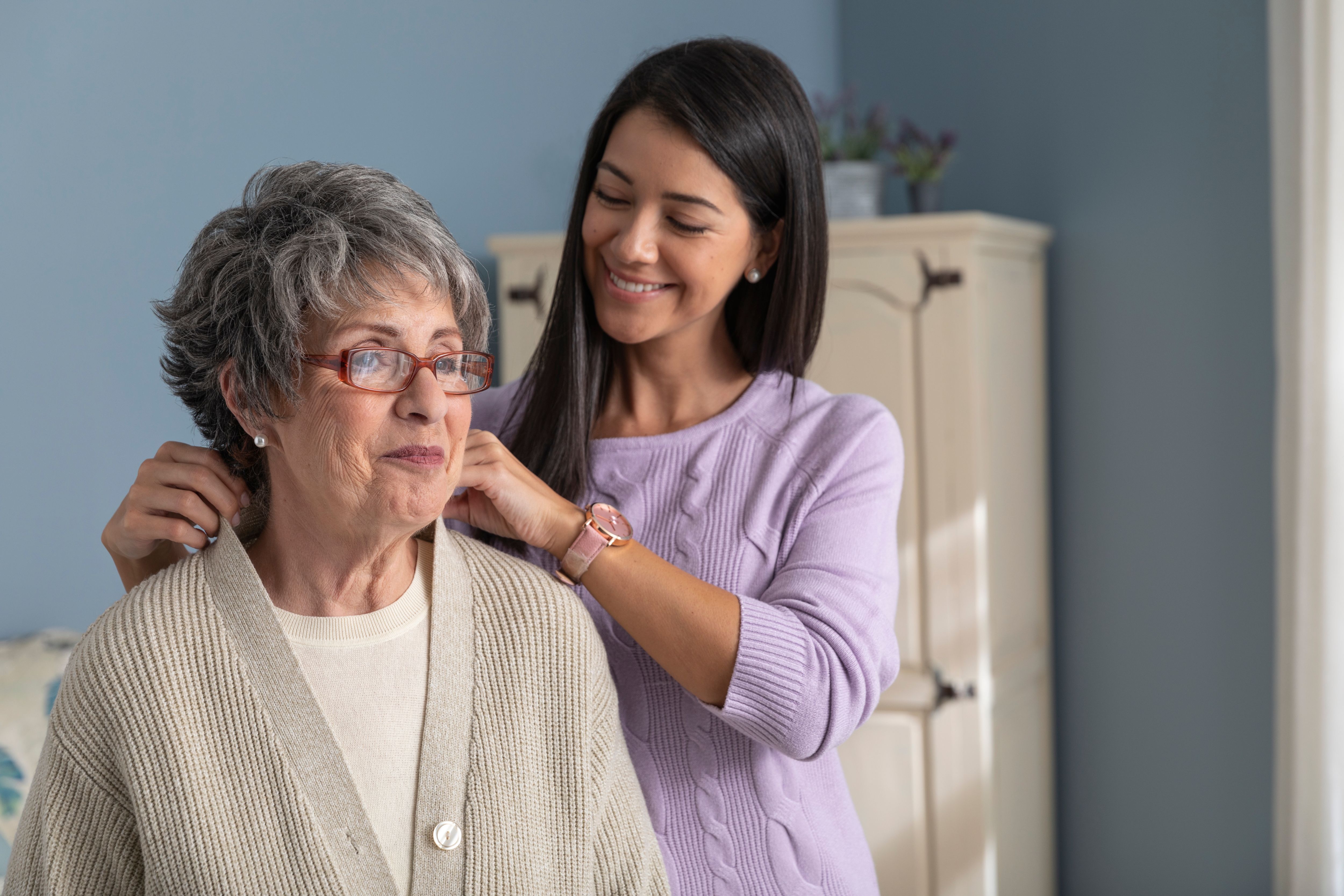The first way to help a loved one with diabetes is learning about the disease. Symptoms include increased hunger or thirst, losing weight, frequent urination, feeling tired, and numbness in extremities. For older adults, it’s easy to dismiss many symptoms as part of aging when they might be warning signs of diabetes.1
There are two main types of diabetes. Type 1 diabetes is typically diagnosed in children and young adults. It’s caused by an autoimmune reaction where the body stops making insulin.2 Type 2 is the most common type of diabetes, which is when the body does not use insulin well. Whereas type 1 is usually diagnosed in childhood, type 2 can develop at any point and often impacts middle-aged and older adults. Lifestyle factors, including activity-level and weight are connected to type 2.
For seniors, diabetes may look different or be difficult to diagnose because the symptoms resemble aging. Learn more about diabetes in older adults.




